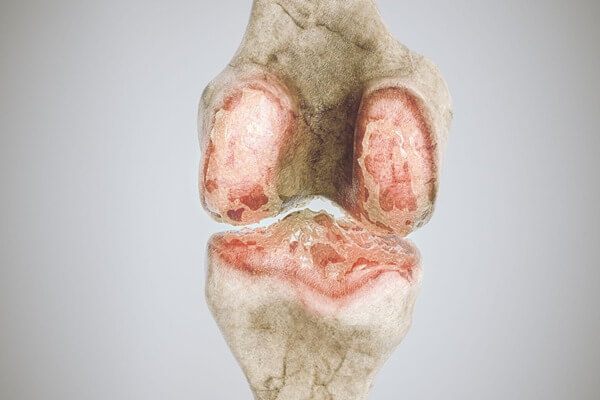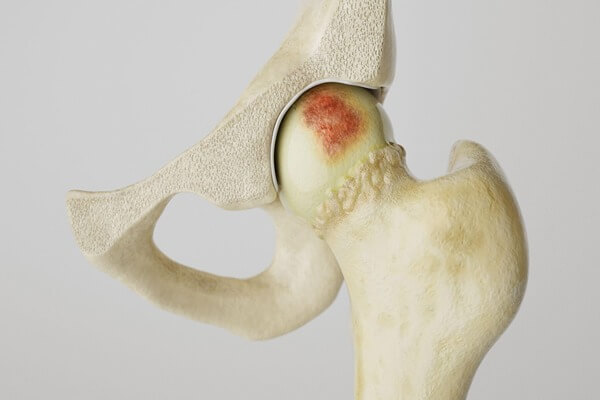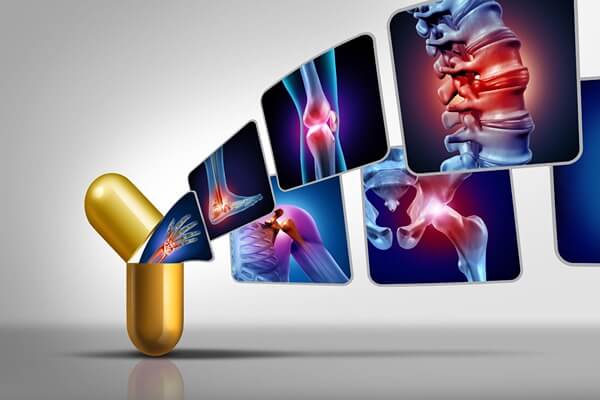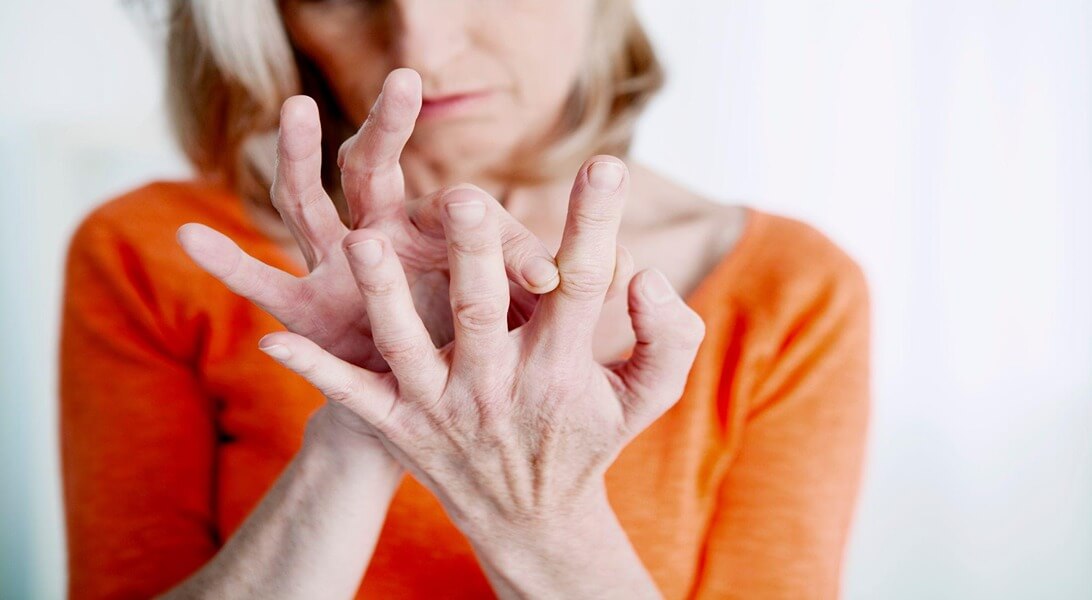Highlights
- Osteoarthritis is a disease that affects the joints due to erosion resulting from use.
- Provided you find the lowest price for osteoarthritis medications, drugs can help you stop the disease and reduce its symptoms.
- The most common osteoarthritis risk factors are age, obesity, and female gender.
- Surgery is also an option for those who do not respond to osteoarthritis medication.
Osteoarthritis is a degenerative joint disease that develops over time due to wear and tear. It mostly affects older people but can occur in younger people who perform strenuous, repetitive physical activities. Doctors can’t cure osteoarthritis, but they can treat it.
Osteoarthritis Symptoms
You may have osteoarthritis if you experience any of the following symptoms:
- Joint pain that gets worse with use but improves with rest
- Stiffness of the affected joints following rest
- Stiffness in the joints that lasts for around 30 minutes
- Stiffness of the joints in the morning
- Swelling of the joints after periods of increased activity
- Joint weakness and “popping out”
- Loss of flexibility in the arthritis-affected joints
- Inability to perform the movements you used to do
- Grating or grinding sensations in the joints
- Hard lumps around the joints
- Sensitivity to pressure of the affected joints
- Permanent deformity of the arthritic joints over time
Osteoarthritis can affect every joint in the body. Different joints may react differently to arthritic damage.
- Hands. When the disease attacks the joints of the hands, it often deforms them permanently.
- Knees. Osteoarthritis of the knee often creates a grating, grinding sensation while limiting the flexibility of the joints. Since we use our knees all the time, the knee joints are highly vulnerable to osteoarthritis.
- Hips. The osteoarthritis of the hip may occur as a result of routine overloading of the joint. Its earliest symptom is pain that may radiate down to the knees.
- The spine. When it affects the spine, osteoarthritis deforms the spaces between the vertebrae, creating pressure on the nerves and causing many other health problems like spinal stenosis.

What Osteoarthritis Does to the Joints
Osteoarthritis attacks the joints in many ways. The destruction is often debilitating, and it takes a significant toll on the sufferer’s quality of life. Medication allows patients to manage their condition and live full lives. However, drugs can be expensive. Always look for the lowest price for osteoarthritis medications, as drug-based management is a long-term process.
In an arthritic joint, the tissues break down and become inflamed. Doctors do not yet understand what triggers arthritis. In the case of osteoarthritis, however, wear and tear is an established risk factor.
Osteoarthritis attacks the membrane that forms the lining of the joint, inflaming it. It takes aim at the cartilage that pads the ends of the bones, allowing them to slide against one another with minimal friction.
The disease also attacks the meniscus, destroying its shock-absorbing and load-distributing functions.The inflammation resulting from osteoarthritis breaks down the tendons and ligaments in the joint, leading to loss of mobility. Bones also suffer arthritic damage.
Osteoarthritis damage builds up over time, as the loss of one joint function leads to another problem and then another. The pain and loss of flexibility lead to less activity as sufferers try to cope with the condition. Less activity leads to muscle loss. Weaker muscles cause added stress on the joints, resulting in further damage.
Advanced osteoarthritis may cause bumps on the bone, called bone spurs. Bone spurs deform the joint and may apply pressure to sensitive tissues and nerves.
Fragments of the bone, its spurs, or the cartilage of the joints may break off and float in the joint, creating additional friction points.

Osteoarthritis Causes and Risk Factors
Although we don’t know the exact causes of osteoarthritis, we do know who is more likely to get it.
People above 50 are more likely to develop osteoarthritis, and women are at an increased risk compared to men.
Younger people may also develop osteoarthritis if they physically overload their joints and perform repetitive activities. Those with genetic predispositions, injuries, and abnormal joints can also develop the disease earlier in life.
Some additional factors that increase the risk of osteoarthritis include:
- Being obese or overweight. The bones and joints of overweight people must deal with more stress every day than those of a non-obese person. This added stress takes its toll over time.
- Having had joint surgery and injuries. Injuries weaken joints and predispose them to problems like osteoarthritis. Joint surgeries cause trauma similar to joint injuries.
- Family history. If your parents and grandparents have osteoarthritis, you are more likely to develop the disease than a person whose parents do not.
- Abnormal joint development. Joints may develop abnormal structures for many reasons, even in young adults and children.
You can control some of these risk factors, like obesity. However, you can’t do anything about your genetic predisposition, joint surgeries, injuries, and family history.
Osteoarthritis Diagnosis
To diagnose your condition, your doctor may take the following measures:
- Review your medical and family history, the medications you take, and your symptoms
- Examine your joints physically
- Use medical imaging to peer into your joints, like magnetic resonance imaging (MRI) or X-ray
- Order blood work
- Take fluid samples from the affected joints
Once they establish a diagnosis, doctors will set a treatment designed to:
- Stop the progression of the disease
- Alleviate the symptoms
- Improve joint function
- Improve your quality of life
Osteoarthritis Treatment
Education
Treatments start with education. The more patients know about the condition that affects them, the better they can manage it.
Physical Exercise
Exercise programs represent the first line of osteoarthritis treatment. Through exercise, patients can build muscle strength, improve flexibility, and reduce joint stiffness. Exercise programs for osteoarthritis focus on light, range-of-motion exercises and avoid heavy lifting and mechanical shocks.
Types of exercise suitable for arthritis sufferers include:
- Range-of-motion. These improve flexibility and joint function.
- Weightlifting. This type of exercise strengthens muscle.
- Aquatic. Performing exercise movements in water reduces physical strain on the joints.
- Agility. These help with mobility and improve quality of life.
- Low-impact aerobics, cycling, and swimming. These are good for improving joint function and overall fitness.
Weight Management
By losing weight, obese osteoarthritis patients can fight the disease on two fronts. Weight loss lessens the load on their joints and reduces inflammation.
Medication
Doctors can access an arsenal of drugs to treat osteoarthritis.
- Oral non-steroidal anti-inflammatory drugs. NSAIDs can treat symptoms like pain and inflammation.
- Topical creams. Some doctors may recommend topical rubefacients to their patients.
- Corticosteroids. These are potent drugs that can stop the disease in its tracks, and send it into remission.
- Hyaluronic acid supplements. HA helps lubricate the joints.
- Serotonin and norepinephrine reuptake inhibitors. These drugs address long-term pain.
For a complete guide to drugs used to treat osteoarthritis, see our Reference Guide to Osteoarthritis Medications.

Surgery
Doctors may recommend surgery for patients who fail to respond to other treatments. Orthopedic surgeons use two procedures to help osteoarthritis patients: osteotomy, where they remove smaller pieces of bone, and joint replacement surgery, where they remove and replace part of a joint or an entire joint with an artificial device.
If you can find the lowest price for osteoarthritis medications, drug-based treatment is effective and economically sustainable. It is a solution that can stop the progression of the disease and allow you to live a full, pain-free life, enjoying adequate mobility and physical strength.
How to Find the Lowest Price for Osteoarthritis Medications
BidRx allows patients to have pharmacies compete to fill their prescriptions. The one that offers the lowest price gets your business.
Find your osteoarthritis medicines on our medications page and place your bid today!
